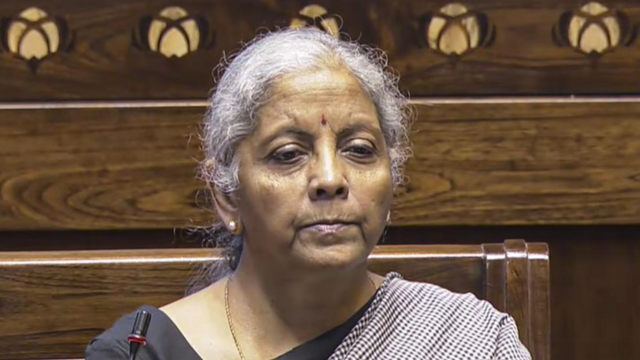(18 Aug 2025) In a pivotal move toward overhauling India’s indirect tax regime, Finance Minister Nirmala Sitharaman is set to address a critical two-day meeting of the Group of Ministers (GoM) on August 20–21 in Delhi. She will advocate for a sweeping Goods and Services Tax (GST) restructuring aimed at simplifying the tax system and reducing the burden on everyday essentials.
Overview of the Proposal
At the heart of the proposed reform lies a shift from the current four-tier GST structure (5%, 12%, 18%, and 28%) to a simplified two-slab system of 5% and 18%, complemented by a 40% special rate for luxury and sin goods. This would effectively eliminate the intermediate 12% and 28% slabs.
According to government sources, approximately 99% of goods that currently fall under the 12% bracket could be moved to the 5% slab, while most items in the 28% category may be reassigned to the 18% rate. This restructuring aims to enhance affordability for the common man, farmers, MSMEs, and middle-income households by easing financial strain and boosting consumption.
Why Now—Context and Timing
This reform push is part of the government’s long-term “next-generation GST” initiative, first announced by Prime Minister Narendra Modi during his Independence Day address as a “Diwali gift” to taxpayers.
The GoM meeting, spanning August 20–21, will deliberate these structural changes, including rate rationalization, streamlined compliance, faster registrations, and automated refunds.
Process Ahead: Council Review & Implementation
After the GoM completes deliberations, its recommendations will be forwarded to the GST Council—chaired by Sitharaman and consisting of state finance ministers—for final approval. Officials project the Council could meet in September to formalize the reforms, with implementation targeted ahead of Diwali in late October.
Government insiders anticipate that the move will counterbalance any short-term revenue dips through heightened consumption, thereby preserving fiscal sustainability.
Dimensional Expansions: Fiscal Equity and State Revenue
The proposed overhaul also factors in the cessation of the compensation cess by March 2026, which had been designed to offset states’ revenue losses post-GST rollout. The GST Council must now devise mechanisms for taxing items previously under this cess.
Officials stress that the Centre and the states are equal stakeholders in GST revenues, and the reform is expected to elevate GST buoyancy—historically, buoyancy improved post-GST rollout—from 0.65 to 1.23.
Outlook
This represents the most substantial GST reform since its inception in 2017. If adopted, the simplified slabs, rationalized rates, and enhanced automation could revolutionize the indirect tax landscape—promising greater clarity for businesses, elevated ease of compliance, and financial relief for consumers.
As Sitharaman lays out the Centre’s strategy at the GoM summit on August 20, attention now shifts to whether states will align with this ambitious blueprint ahead of a potential Diwali rollout.


